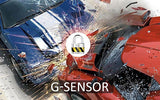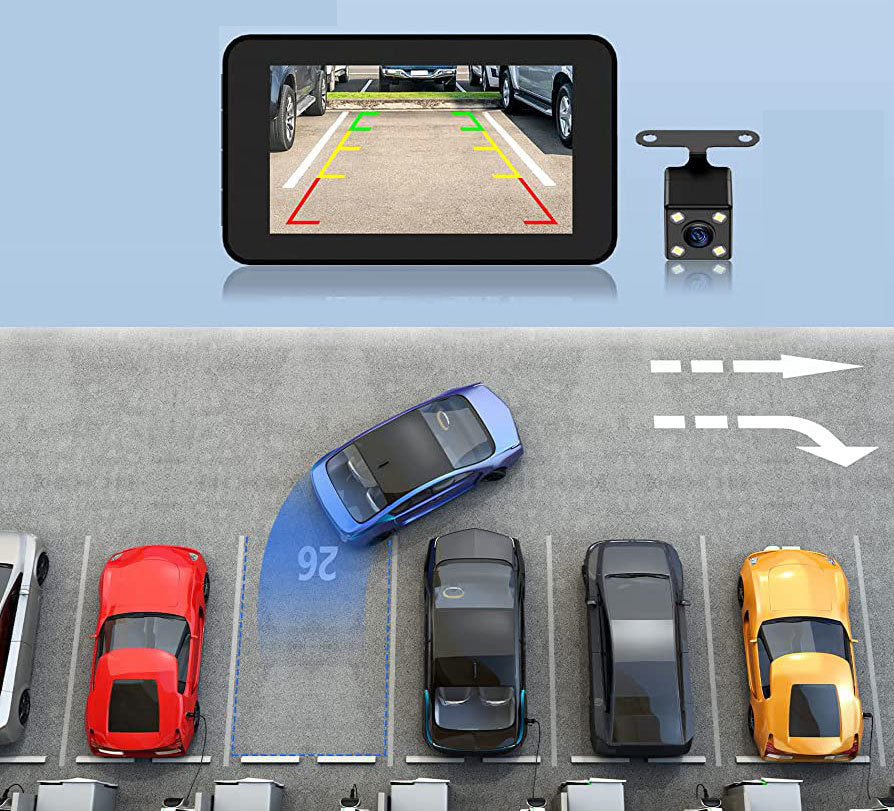
G-sensor in a dashcam explained
, by Allcam dashcams, 2 min reading time

, by Allcam dashcams, 2 min reading time
Because a dashcam records continuously in Loop recording, the oldest files are automatically overwritten for new files. In the event of a collision, you obviously don't want the video to be deleted, which is why every dashcam is equipped with a G-sensor. A G-sensor is a vibration sensor that measures vibrations. If a vibration exceeds a certain limit, it ensures that the current video is saved securely so that it cannot be deleted.

If you have a collision, it is always wise to download the video on which it took place (and those before and after) and store it in a location other than the SD card for security. The G-sensor in those cases is therefore just an extra safeguard to ensure that the files are not lost.
However, the G-sensor is crucial when using a dashcam in parking mode. This is because in parking mode, the dashcam is continuously recording without you being there. If someone hits your car while parking or vandals scratch your car, the G-sensor is the function that ensures the important videos are still available on the SD card.
Dashcams with an LCD screen usually display when the G-sensor is activated and the video is saved securely. In practice, hard braking, sudden steering movements or a bad road surface will activate the G-sensor and secure videos. This way, as a driver, you can have peace of mind that the video will also be stored securely during a collision.

Most dashcams store the protected videos in a separate folder on the SD card. This folder is simply not used by Loop recording to free up space so the videos in these folders are automatically protected. With some models of dashcams, all videos are placed in one large folder and the individual videos are protected against deletion by a so-called ‘write-protection’. Files with write-protection can only be deleted via computer, which also protects them against automatic deletion on the dashcam.

It can happen that files are protected too quickly or too laboriously. Sometimes files are already protected when you drive over a speed bump, other times you feel like you have to drive off a ravine for the dashcam to notice. In almost all dashcams, the sensitivity of the G-sensor can therefore be set to ‘Low’, ‘Middle’, or ‘High’. With Low, this increases the limit and thus requires a heavier impact to trigger the G-sensor and with High, the limit is lowered and relatively little vibration is required.


